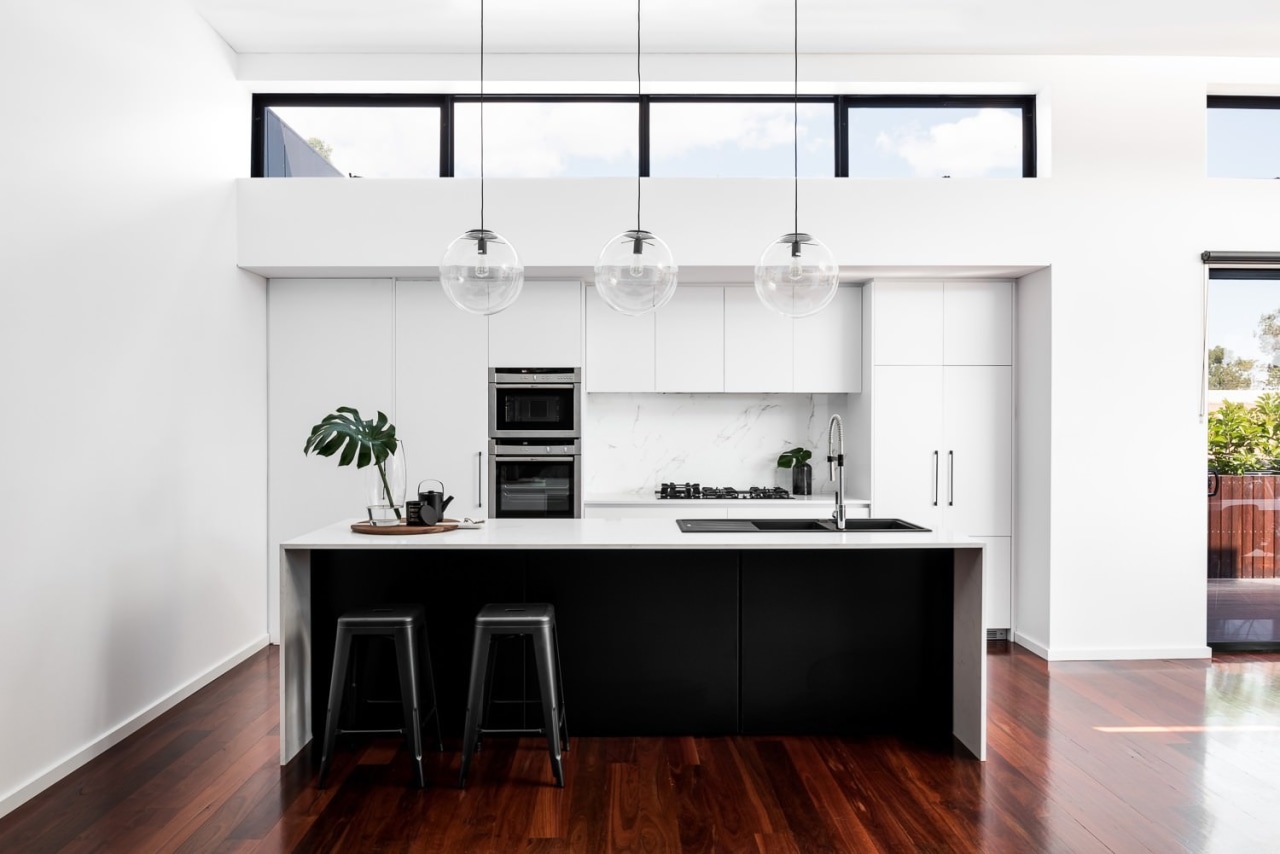What is passive solar design?
When building your dream home, here's one design principle you'll want to take into account

Architect Janik Dalecki from Dalecki Design walks us through passive solar design and why it's an important thing to consider when designing a home.
‘Passive solar design’ takes advantage of the climate to maintain a comfortable temperature range within the home. This is achieved through the appropriate orientation of the house on its site to make the most of natural heating and cooling.House orientation is the key component to passive design, with spatial zoning, thermal mass, ventilation, insulation, shading and glazing also being contributing factors.
Passive design is a relatively simple strategy, intended to keep summer heat out and winter heat in, moderating the temperature of the home for comfort all year round. Passive design can be easily achieved with upfront thinking and planning during the design phase of your home.
The best bit? It’s free!
It relies solely upon the heat from the winter sun and cooling summer breezes to achieve thermal comfort within the home. With passive solar design you can reduce, or even eliminate the need for auxiliary heating and cooling, which accounts for approximately 40% of energy use in the average Australian home.
The immediate energy cost savings you will notice in a passive solar designed home is just one of advantages to having a thermally comfortable home, whilst also knowing you are being considerate to the future of our environment.Find out more about Janik Dalecki and his projects on the Dalecki Design website.
Story by: Trends
Home kitchen bathroom commercial design
Diving into nature
Classic looks, contemporary efficiency
Personality plus

